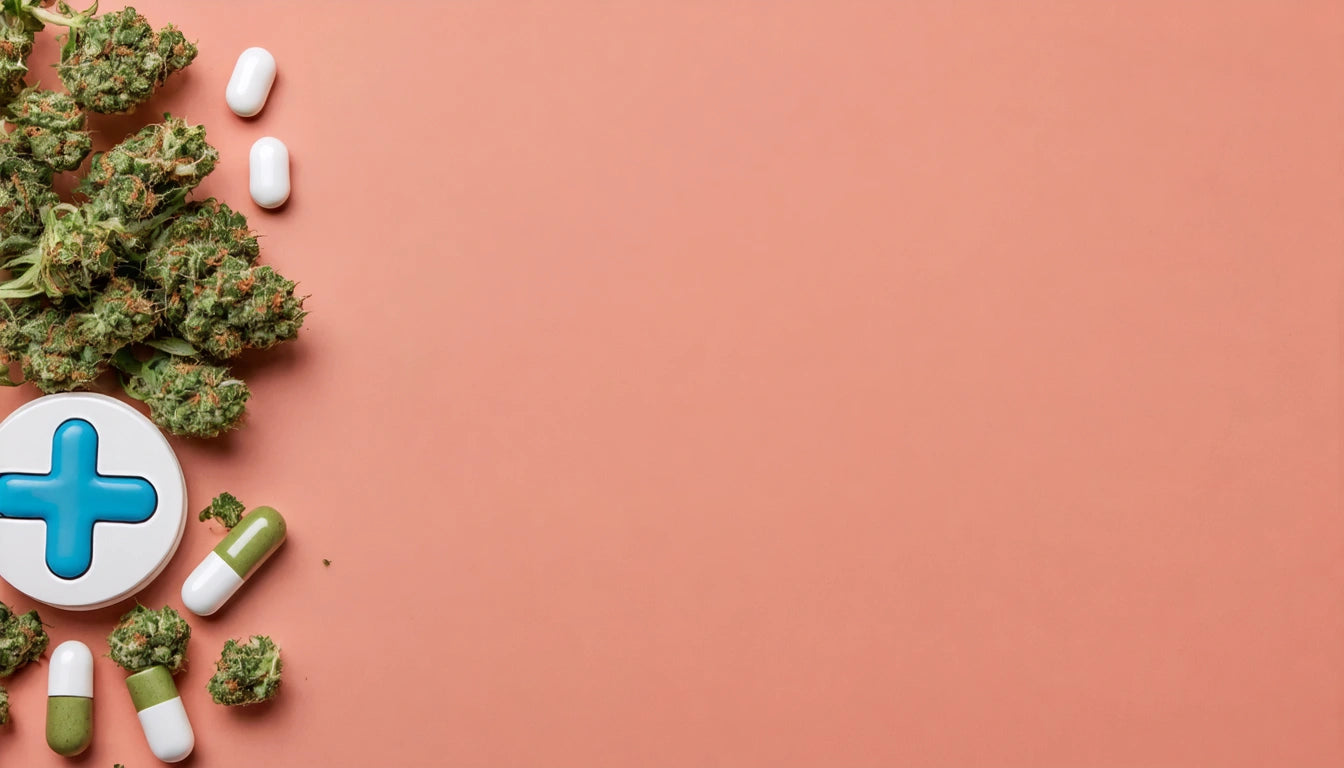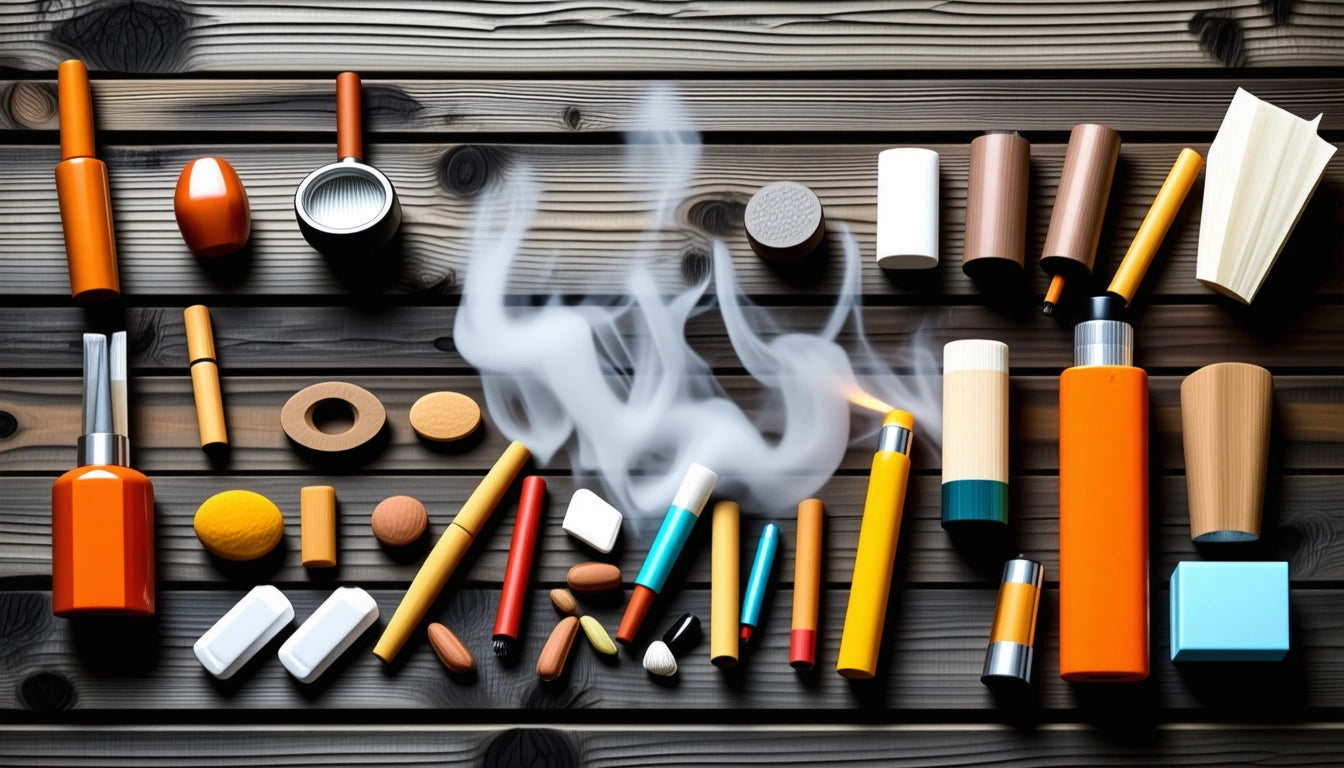When and How to Harvest Cannabis for Optimal Potency
Determining when to harvest cannabis is perhaps the most crucial decision a grower will make. This timing directly impacts potency, flavor profile, and overall effect of the final product. With a window of just days making the difference between peak potency and suboptimal results, understanding the signs of readiness becomes essential for both novice and experienced cultivators.
Identifying Peak Harvest Readiness
Cannabis plants provide several visual indicators when they're approaching harvest time. Most growers begin monitoring these signs 6-8 weeks into the flowering stage, though timing varies by strain.
Pistil Color Changes
One of the first indicators of maturity is the transformation of pistils (hair-like structures on the buds) from white to amber or brown. When determining cannabis harvest readiness, look for approximately 70-90% of pistils to have darkened and curled inward.
Leaf Changes
As plants reach maturity, fan leaves often begin yellowing and dropping. This natural process indicates the plant is directing energy toward bud development rather than foliage maintenance.
Resin Production
Mature plants develop a sticky, resinous coating on buds that appears glossy under light. This increased trichome production signals the plant is reaching peak cannabinoid levels.
Trichome Inspection: The Most Reliable Method
While visual cues provide general guidance, examining trichomes offers the most accurate indication of when cannabis is ready to harvest.
Tools Needed
To properly inspect trichomes, you'll need magnification. A jeweler's loupe (30-60x) or digital microscope provides sufficient detail. For precise measurements during harvest, reliable digital scales for cannabis processing are essential tools that ensure consistency in both harvesting and curing phases.
Trichome Color Guide
- Clear trichomes: Immature, lower potency, cerebral high
- Cloudy/milky trichomes: Peak THC production, energetic effects
- Amber trichomes: More CBN (degraded THC), sedative effects
For most cultivators seeking maximum potency, the ideal harvest window occurs when trichomes are predominantly cloudy with 20-30% amber coloration. This balance typically delivers optimal THC levels while introducing enough CBN for a well-rounded effect.
Timing Factors That Influence Harvest Decisions
Several external factors can influence when marijuana plants are ready to harvest and should be considered alongside physical indicators.
Day vs. Night Harvesting
The timing of harvest within a 24-hour cycle can affect potency. Many experienced growers prefer harvesting in the morning after a dark period when resin production is at its peak.
Outdoor Considerations
When harvesting outdoor cannabis, weather patterns become crucial. Ideally, plan your harvest during a dry period to prevent mold development. Most outdoor plants in the Northern Hemisphere reach maturity between late September and early November, depending on strain and local climate.
Strain-Specific Timing
Different cannabis varieties have distinct maturation periods:
- Indica-dominant strains: Typically 8-9 weeks flowering time
- Sativa-dominant strains: Often 10-12+ weeks flowering time
- Autoflowering varieties: Usually ready 10-12 weeks from seed
Always research your specific strain's expected timeline and adjust based on observed development.
Harvesting Techniques for Preserving Potency
Once you've determined cannabis plants are ready to harvest, proper technique becomes essential for preserving potency.
Pre-Harvest Preparation
Begin by flushing plants with plain pH-balanced water for 1-2 weeks before harvest. This removes excess nutrients that can affect flavor and smoothness.
Cutting Methods
When harvesting marijuana for maximum potency, two approaches are common:
- Whole plant harvest: Cutting the entire plant at the base
- Sectional harvest: Removing mature buds while allowing lower portions to continue developing
For most home growers, sectional harvesting maximizes yield as it accounts for the fact that upper buds typically mature faster than lower ones.
Tools and Environment
Use sharp, clean pruning shears to minimize plant damage. Harvest in a clean environment with low humidity to prevent contamination. A comprehensive approach to cannabis harvesting includes maintaining cleanliness throughout the process.
Post-Harvest Processing for Maximum Quality
The harvesting process extends beyond cutting plants. Proper drying and curing significantly impact final potency and quality.
Drying Process
Hang trimmed branches upside down in a dark room with 45-55% humidity and temperatures between 60-70 °F (15-21 °C). Good air circulation is essential, but avoid direct fans on buds. The drying process typically takes 7-10 days and is complete when stems snap rather than bend.
Curing for Enhanced Potency
After drying, place buds in airtight containers (typically glass jars) and store in a cool, dark location. Open containers daily for the first week to release moisture and prevent mold. Properly cured cannabis continues to improve for 2-8 weeks as chlorophyll breaks down and cannabinoid profiles develop fully.
Many consumers ask when they can smoke after harvest. While cannabis is technically usable after drying, a minimum 2-week cure significantly improves potency, flavor, and smoothness.
Understanding when cannabis plants are ready to harvest requires patience and attention to detail. By monitoring trichome development, considering strain-specific factors, and implementing proper harvesting techniques, growers can maximize the potency and quality of their final product. Remember that cannabis plants do die after harvest, making each cultivation cycle a complete process from seed to consumption.











Leave a comment
All comments are moderated before being published.
This site is protected by hCaptcha and the hCaptcha Privacy Policy and Terms of Service apply.